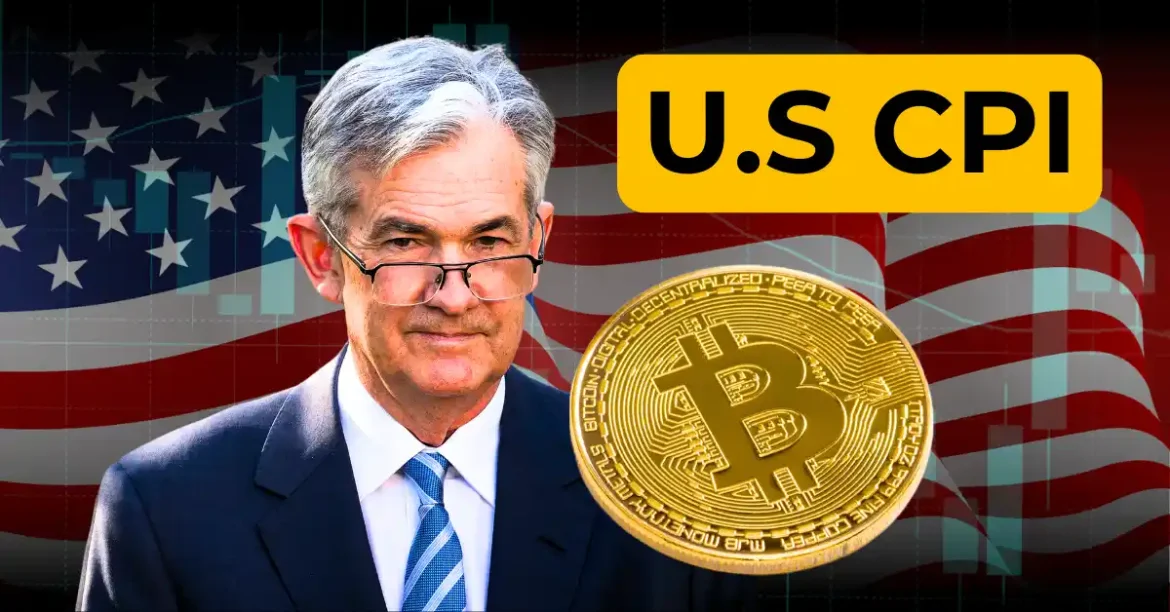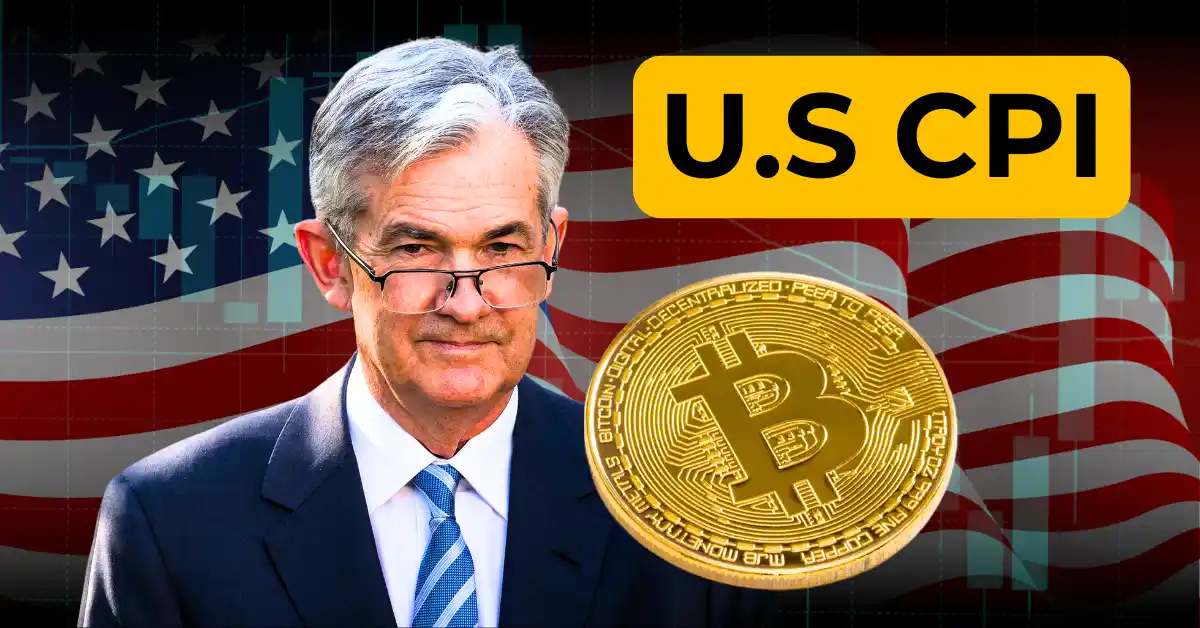Bitcoin Price and the Influence of CPI Reports: An In-Depth Analysis
Bitcoin’s price movements have increasingly become intertwined with macroeconomic indicators, particularly the US Consumer Price Index (CPI). The CPI, a measure of inflation, often signals shifts in economic conditions that can either inspire confidence or trigger caution among investors. This dynamic has made the upcoming CPI releases critical for understanding Bitcoin’s near-term and medium-term trajectories.
Current Market Context and Trading Behavior
Recent market behavior reveals a cautious yet watchful environment for Bitcoin investors. After a strong US jobs report propelled equities higher and precipitated a decline in gold prices, Bitcoin itself showed relative stability with signs of trading momentum slowing. Notably, there was an uptick in Bitcoin futures trading activity, pointedly accompanied by reduced inflows into Bitcoin ETFs. This divergence suggests that while some traders are sharpening their focus on derivatives for shorter-term positioning, long-term investors are tempering their direct ETF investments.
Market sentiment has shifted towards anticipating Bitcoin’s potential growth later in the year rather than expecting immediate gains. The postponement reflects unease over near-term economic uncertainties, with many traders bracing for volatility triggered by the forthcoming CPI data releases.
CPI Data as a Volatility Catalyst
Historically, Bitcoin has exhibited sensitivity to inflation data. Rising inflation tends to erode fiat currency value and can enhance Bitcoin’s appeal as a store of value. However, the relationship is complex: unexpectedly high inflation readings can prompt aggressive interest rate hikes by central banks, which might dampen risk asset demand, including Bitcoin.
Upcoming CPI reports — with expectations hovering around modest increases (e.g., a year-over-year rise of approximately 2.9% and monthly gains near 0.3%) — are projected to be pivotal. Analysts anticipate that Bitcoin may first experience a pullback to price levels between $100,000 and $104,000 before potentially embarking on a strong rally to new all-time highs. This expected dip underscores investor caution in the lead-up to the data release.
The CPI’s impact extends beyond mere price fluctuations; it influences trader psychology. Positive signals of cooling inflation often spark rallies as they reduce fears of steep monetary tightening. Conversely, inflation readings surpassing forecasts — as seen in some recent reports where inflation hit 2.4% against a forecasted 2.3% — have triggered price corrections in Bitcoin, as traders recalibrate risk and reward.
On-Chain and Market Data Insights
Beyond external macro indicators, on-chain analytics provide critical insight into Bitcoin’s internal market dynamics. For instance, recent reductions in whale selling pressure on Binance suggest a stabilizing environment, potentially setting the stage for price recovery. Significant demand zones have been identified between $66,900 and $69,330, with technicals indicating that a sustained close above this area could act as a springboard toward approximately $74,400.
Binance’s dominant market share — accounting for around 45.5% of Bitcoin trading volume — offers a glimpse into where liquidity concentrates and how market flows might shape forthcoming movements. Increased futures activity juxtaposed with retreating ETF investments also points to a bifurcation in strategies, with speculative traders gearing up for volatility while institutional slower-moving capital remains circumspect.
Prospects for a Bitcoin Rally Post-CPI
Multiple expert opinions converge on the premise that the forthcoming CPI report is a key inflection point. Should the inflation numbers come in lower than expected, the market could interpret this as a sign of easing economic pressures, prompting a bull rally. Conversely, stubborn or rising inflation figures could induce short-term price declines as investors hedge against tighter monetary policies.
Looking ahead, optimistic forecasts predict Bitcoin reaching significant milestones, with some analysts suggesting a path toward $140,000 and even speculation on $200,000 levels if inflation stabilizes and market confidence returns robustly. Such projections are inherently conditional, reliant on CPI data reinforcing narratives favorable to risk-on assets.
Conclusion: Navigating Bitcoin’s CPI-Driven Price Seas
Bitcoin’s price destiny this week and beyond is tightly bound to the core macroeconomic narrative narrated by the US CPI. The data release acts as both a trigger and a barometer, potentially igniting rallies or instigating corrections. Investor strategies reveal a nuanced landscape—while derivatives markets show heightened activity, actual capital placement in ETFs is more cautious.
Understanding this interplay is crucial for positioning ahead of the CPI. Bitcoin may well dip into mid-five-figure zones as volatility unfolds, but underlying demand zones and reduced selling pressures lay a foundation for potential upward surges. The path to new heights, however, hinges on inflation trends and how they reshape market expectations regarding central bank policies.
In the volatile theater of crypto trading, the CPI report is a timely spotlight revealing not only immediate price shifts but also market confidence. As investors brace for this economic signal, Bitcoin’s dance with inflation continues to evolve, promising notable moves worth close attention.





